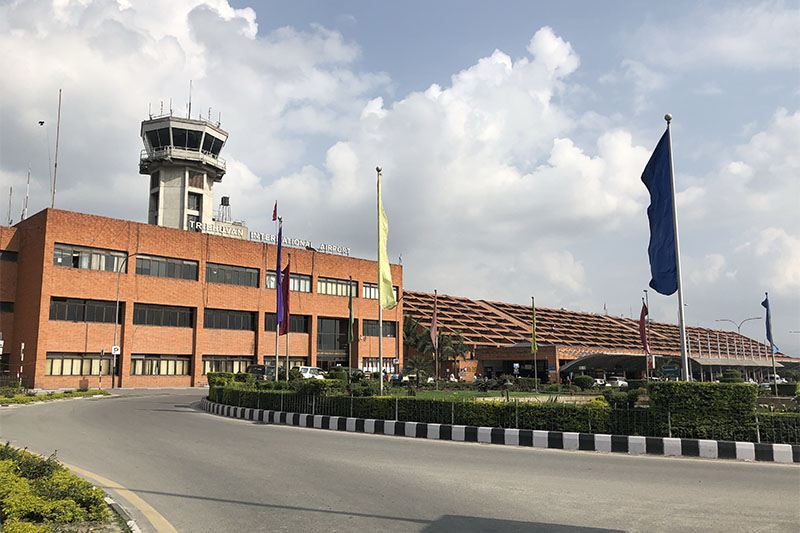Challenges galore as TIA extends operation
Kathmandu, July 27
The government’s move to extend operations at Tribhuvan International Airport from 18 hours to 21 hours from May 2 has resulted in two major problems — shortage of parking space for aircraft and pressure on Nepal Oil Corporation to ensure smooth supply of aviation turbine fuel.
Owing to increased operational hours at TIA, the number of regular flights to and from TIA has increased in recent months, resulting in higher demand for parking space and aviation turbine fuel, as parking space and tank-aircraft fuel refilling capacity of NOC at TIA are limited, according to government officials.
“With the increased number of flights at TIA, a number of domestic and international flights have to be put on hold for an average of half an hour, with the waiting time going up to 90 minutes,” Raj Kumar Chhetri, general manager of TIA, told THT.
According to him, instances of international flights being diverted to Lucknow in India have also become more common these days due to parking congestion at TIA.
Moreover, NAC recently got two Airbus 330-200 series 274-seater planes to operate international flights from Nepal. While it is planning to fly its first wide-body plane from August 1, it is yet to receive air operation certificate from the Civil Aviation Authority of Nepal. “In case of delay in issuing the AOC by CAAN, the parking problem will be exacerbated further, as the aircraft will not be able to conduct flights and will have to be parked at TIA,” he added.
Similarly, maintaining efficient fuel refilling system at TIA has been a major headache for NOC’s TIA-based depot amid increasing flights and limited fuel refilling equipment.
“We have only nine fuel refilling equipment, which are inadequate to ensure effective tank-aircraft fuel refilling system at TIA,” said Manoj Thakur, chief of NOC’s TIA depot.
TIA handles an average of 40 international flights daily during the off-season — the number goes up to 50 in the tourist season. “With the number of flights expected to go up from mid-September, the problems will only get worse,” said Chhetri.
While NOC’s Thakur pointed to the need to purchase at least eight new high-capacity fuel refilling machines to ensure smooth fuel refilling at TIA, additional parking bays have to be brought to operation without further delay.
The good news is that four new parking bays being built on the eastern side of the runway are expected to be ready in five months. The bad news, however, is that they will be able to accommodate only narrow-body aircraft. To make space for wide-body planes, construction of two parking bays on the southern side of the airport terminal building will have to be completed. But that can take years and the project is yet to take off. One immediate solution to slightly ease the problem of parking at TIA, according to officials, is the removal of Nepal Airlines’ old Boeing 757, which was sold to BB Airways in December.
“We are planning to send a final notice to BB Airways. If it continues to ignore our request, we will have to move the plane away from the parking bay,” said Chhetri.
Even after repeated attempts, THT was unable to contact officials of BB Airways to get their comments on the aforementioned problem.






